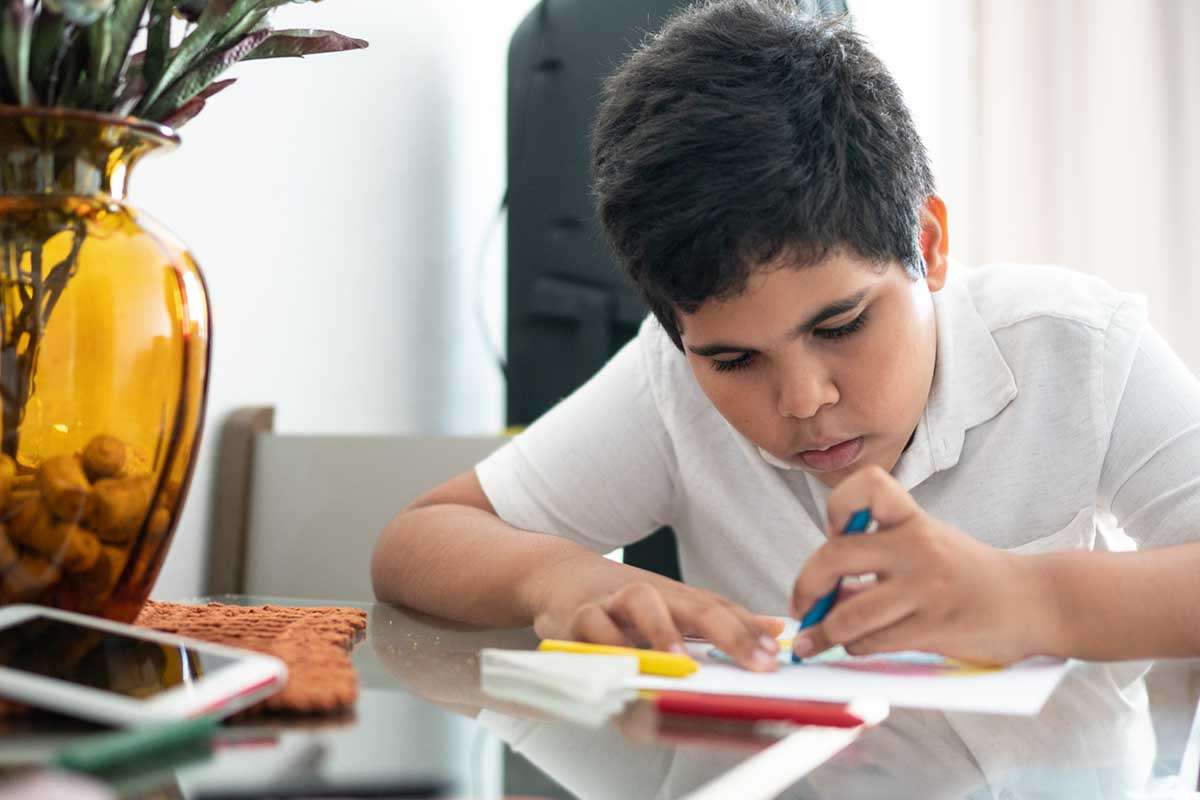Preparing, planning, and discussing the coming changes with the child are likely to be very helpful. Think of the preparation activities as a step-by-step rehearsal for whatever is actually going to take place. As you and parents of children with autism know, this is easier said than done. It is difficult because children with autism are likely to have difficulties processing, or taking in and remembering, information. They may have difficulty with visual processing and/or with auditory processing and they are also likely to have difficulty paying attention. Any one of these problems can make preparation itself quite difficult.
If you have information about a child's strengths or weaknesses in processing, you can focus on his strengths. And, keep in mind that you may need to rehearse the transition often before actually doing it. Whatever you do, be creative and try to enjoy yourself as you do these things -- even when they are tedious.
Let us assume the following: D, a respite care worker, is coming on Saturday at 1:00PM to spend two hours with Tim, a six-year-old boy with autism. Tim's parents are going to have coffee with the neighbors and then return home. This means that parents will be nearby -- just in case.
Props: A large calendar, a photograph (or drawing) of D mounted on a piece of cardboard with D's name on it, a photograph of Tim, a photograph of Tim's mom and dad, a cardboard clock with moveable hands, and a photo or picture of neighbors labeled with their names. All props include pictures and words or names written in large print; all props are not easily destroyed (e.g., photo mounted on cardboard rather than the photo by itself).
Rehearsals are to be done playfully with as much interaction with the child as possible. Each step can be illustrated with drawings, pictures cut from magazines or photographs. And, for each step in the rehearsal, Mom (or Dad or both) plays all the parts. She may even play Tim if he does not take part at first. Mom describes aloud exactly what she is doing as she does it and she also uses words that convey her emotions as well as Tim's emotions (as best she can).
This kind of elaborate rehearsal will probably need to take place each day as the days are counted down until Saturday. The goal of each rehearsal is to present the future plans to the child so he can learn by seeing, hearing, and actually doing the activity. In this way, we help the child process the coming activity via his eyes, his ears, and by going through the motions of the activity. In this repetitive way, we hope he will feel more familiar with the new event when it actually takes place -- because it will not be such a new event since he has seen it, heard about it, and tried it out. At the same time, we are naming the emotions that are likely to be experienced. These emotions are named in a matter-of-fact way, as a natural, ordinary part of life. Hopefully, in planning for the next visit, Mom or Dad will be able to say "Tim was scared of D because he did not know her. Now, he is still scared but not as much because he knows that D likes him and will play with him."
Interacting with a child in this way may be experienced as boring and frustrating by adults. That is why I have urged you to be creative and try to have fun doing this -- even when the child does not react favorably. This process takes considerable time and patience. It also requires adults to be predictable and to follow the rehearsal closely. Grown-ups will need to encourage one another to continue such preparation rehearsals. Remember, our goal is to help make day-to-day life as predictable as we can. (Accordingly, it is essential that the parents in the above example return home on time as promised.) We know that unpredictable things occur and we know that when a child with autism or similar disabilities is present, the unpredictable is even more likely to occur. This is very hard work for adults. With time, and sometimes a lot of time, adult efforts will pay off.
Please let me know how this works out. I also want to invite other parents and caretakers to share how they have been able to help children master transitions.
Please remember that since I have not evaluated the child discussed and only know the information you have shared, my suggestions need to be reviewed with appropriate professionals who do know the child.
Stanley D. Klein, Ph.D.
Licensed Clinical Psychologist
